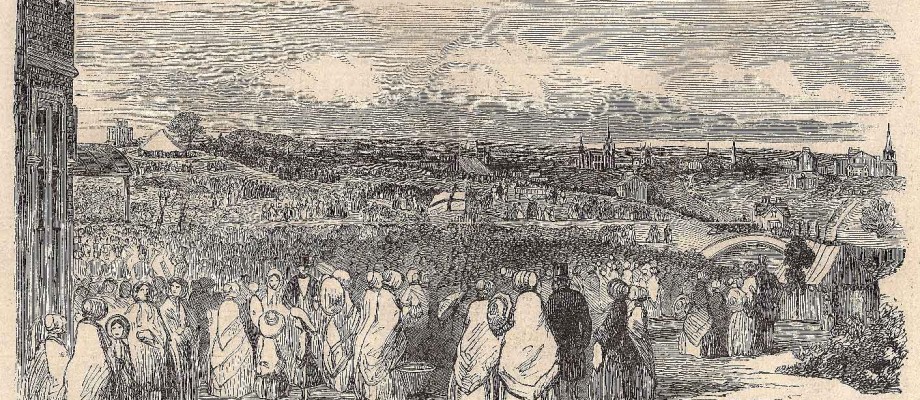
The people’s green spaces
June 10th, 2013
The social history of the green open spaces that ring Nottingham’s city centre is to be explored as part of a new research project being led by the University.
The Social World of Nottingham’s Historic Green Spaces is a one-year project that will centre on the open spaces that were protected from the urban sprawl under the 1845 Enclosure Act and which are still popular recreation spots today.
Dubbed ‘green lungs’ by the Victorians, these areas include the site of Nottingham’s historic Goose Fair, the Forest Recreation Ground, the city’s oldest public park, the Arboretum, and Robin Hood’s Chase, which borders on to St Ann’s.
The project will also include the city’s two cemeteries; the Canning Circus cemetery and the Rock Cemetery, just off Mansfield Road.
The study has been funded with a £97,000 grant from the Connected Communities Programme, led by the Arts and Humanities Research Council, which aims to help us understand the changing nature of communities in their historical and cultural contexts and the role of communities in sustaining and enhancing our quality of life.
The project will be led by John Beckett, Professor of English Regional History in the University’s Department of History, in collaboration with Dr Paul Elliott, a Reader in Modern History at the University of Derby.
Professor Beckett said: “One of the key requirements of this project will be to encourage the involvement of the general public and we are especially keen to hear from people who may have old photos or ephemera — or even their own memories — from these open spaces that they would be willing to share.”
As part of the project, the academics will be working closely with the Friends of the Arboretum, Friends of the Forest, Nottingham Women’s History Group and Nottingham City Council’s Department of Communities, Sport, Culture and Parks on researching the history of Nottingham’s green spaces, the role they have played in the social fabric of the city and safeguarding these areas of interest and beauty for future generations.
This includes providing academic support and expertise to groups in developing their research skills and making full use of local resources including the Nottinghamshire Archives and the Local Studies Library.
The local community groups are also taking a lead in deciding the outcomes of the project, including the production of new information boards outlining the history of the sites and developing a fuller understanding in the role that women played in protecting and conserving these areas.
The project was launched at the Annual Arboretum History Talk at Nottingham Arboretum, where Dr Elliott and women’s historian Rowena Edlin-White looked at the Sherwood Forest Group of writers, radicals and artists who campaigned for new forms of popular rational recreation during the nineteenth century including the establishment of public parks such as the Nottingham Arboretum.
More information about the Social World of Nottingham’s Green Spaces project is available online at http://nott.ac.uk/greenspaces
Tags: Arboretum, Arts and Humanities Research Council, Connected Communities Programme, Culture and Parks, Dr Paul Elliott, Forest Recreation Ground, Friends of the Arboretum, Friends of the Forest, Goose Fair, John Beckett, Nottingham City Council Department of Communities, Nottingham Women’s History Group, Nottinghamshire Archives, Professor of English Regional History, Robin Hood’s Chase, Rowena Edlin-White, sport, The social history of the green open spaces that ring Nottingham’s city centre is to be explored as part of a new research project being led by the University.
One Comment
Leave a Reply
Other Research

Manuscripts and Special Collections awarded £1.1m grant
The funding has been awarded by the Research England Museums, Galleries and Collections Fund The £1.1m […]

Artificial intelligence – an update on the university’s approach
Since our last update on the university’s response to the rapidly evolving emergence of artificial intelligence […]


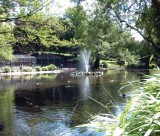
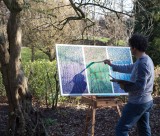
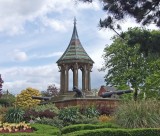
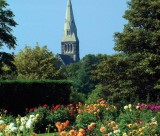
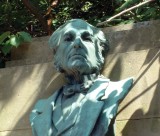
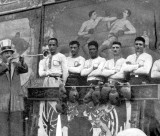

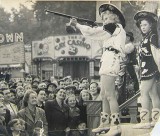


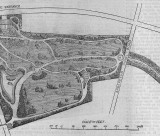
March 16th, 2015 at 5:51 pm
Book Review: The British Arboretum: Trees, Science and Culture in the Nineteenth Century | Thinking Like A Mountain
[…] Plan of the Nottingham Arboretum: https://exchange.nottingham.ac.uk/blog/the-peoples-green-spaces/ […]